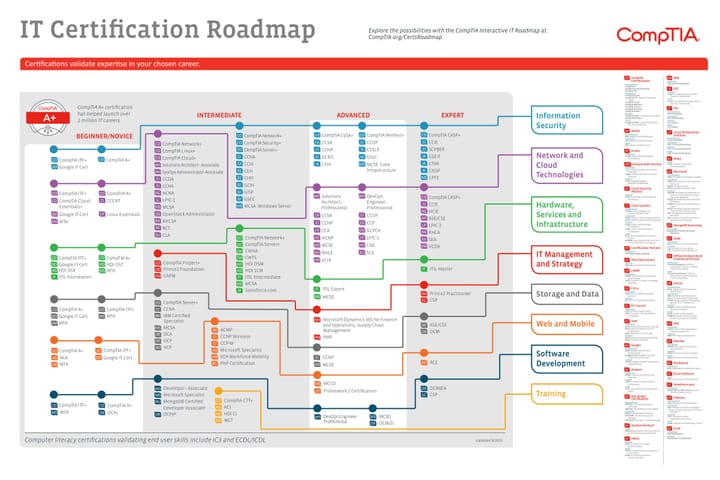Understanding the Bitcoin Halving: A Definitive Guide

In the constantly evolving world of cryptocurrencies, Bitcoin remains the undisputed king. Amid its many features, one event that stands out for its significant impact on the Bitcoin ecosystem is the Bitcoin Halving. This phenomenon not only affects the miners but also has a profound influence on the market dynamics, price, and the broader cryptocurrency landscape. But what exactly is the Bitcoin Halving, and why does it matter so much? Let's delve into the details.
What is Bitcoin Halving?
Bitcoin Halving is a predetermined event that occurs every 210,000 blocks, roughly every four years, where the reward for mining new blocks is halved, meaning miners receive 50% less BTC for verifying transactions. This mechanism was integrated into Bitcoin's protocol by its pseudonymous creator, Satoshi Nakamoto, to enforce scarcity, akin to precious metals like gold.
The Mechanism Behind Halving:
Bitcoin operates on a proof-of-work (PoW) consensus mechanism, where miners compete to solve complex mathematical problems to validate transactions and add new blocks to the blockchain. Initially, the reward for mining a new block was 50 BTC. Following the first halving in 2012, this reward was reduced to 25 BTC, and then to 12.5 BTC in 2016, and most recently to 6.25 BTC in 2020.
Why is Halving Important?:
The importance of Bitcoin Halving lies in its ability to control inflation and ensure the cryptocurrency's longevity. By decreasing the rate at which new bitcoins are generated, the halving event directly influences Bitcoin's supply, making it more scarce over time. This scarcity is a key factor that underpins Bitcoin's valuation and its appeal as a digital store of value.
Impact on Miners:
For miners, the halving event is a double-edged sword. On one hand, the reduction in block rewards means their potential earnings are halved, which can significantly impact their profitability, especially for those with high operational costs. On the other hand, if the price of Bitcoin increases in the aftermath of a halving, it can compensate for the reduced reward.
Market Dynamics:
Historically, each halving event has been followed by a significant price increase in the months or years that follow. While not solely attributable to halving, these price movements are influenced by the reduced supply of new bitcoins entering the market, leading to a bullish sentiment among investors.
Long-Term Implications:
The halving mechanism ensures that the total supply of Bitcoin will never exceed 21 million coins. This built-in scarcity is crucial for Bitcoin's value proposition as "digital gold." As we approach closer to the maximum supply, the reward for mining will continue to decrease, eventually reaching zero by the year 2140. This is a futuristic perspective on how Bitcoin aims to maintain its relevance and value over the long term.
Looking Ahead:
As we anticipate the next Bitcoin Halving, expected around 2024, the crypto community is abuzz with speculation about its potential impact on the market. While past performance is not indicative of future results, the halving events serve as significant milestones in Bitcoin's timeline, reminding us of the ingenious design and long-term vision behind the world's first cryptocurrency.
Conclusion:
The Bitcoin Halving is a cornerstone event that reflects the core principles of scarcity and decentralisation inherent to Bitcoin. By understanding the mechanics and implications of the halving, investors and enthusiasts can better navigate the complexities of the cryptocurrency market. As we move forward, the halving continues to be a testament to Bitcoin's revolutionary approach to redefining value in the digital age.



Comments ()